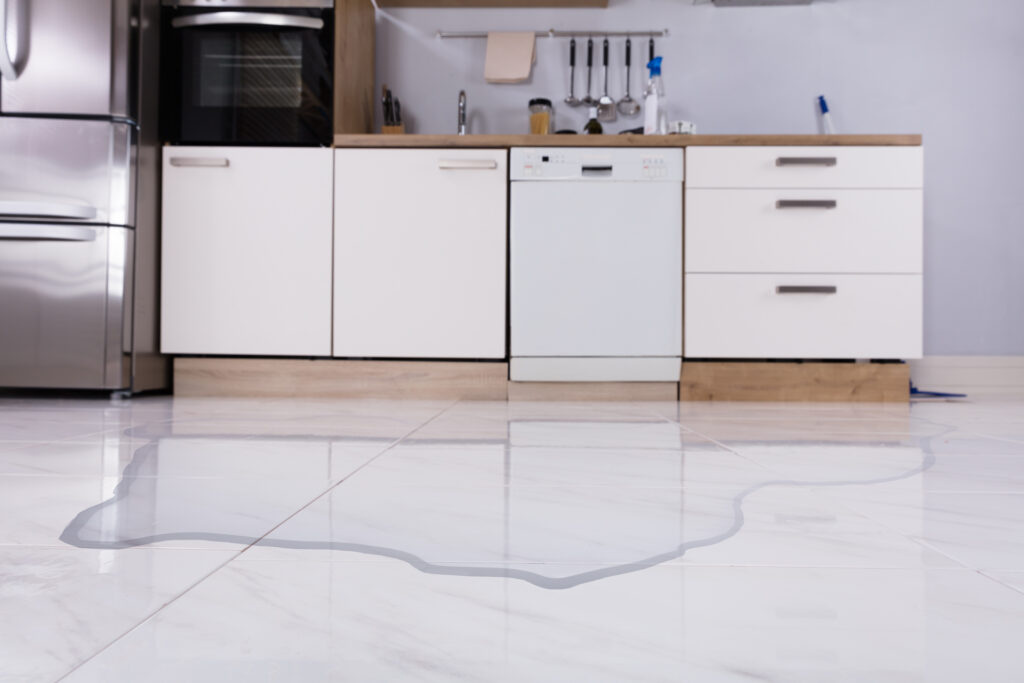Serving San Antonio, New Braunfels, San Marcos, Boerne & Surrounding Communities in the Texas Hill Country
Menu
 Water damage can wreak havoc on your Boerne home, causing structural issues, mold growth, and the loss of valuable possessions. To mitigate these devastating effects, water damage restoration is essential. This comprehensive process involves several crucial steps designed to restore a property to its pre-damage condition. To help you better understand what to expect when you need water damage restoration, we are going to explain the key components that constitute the process of water damage restoration, shedding light on the steps involved and the importance of professional intervention.
Water damage can wreak havoc on your Boerne home, causing structural issues, mold growth, and the loss of valuable possessions. To mitigate these devastating effects, water damage restoration is essential. This comprehensive process involves several crucial steps designed to restore a property to its pre-damage condition. To help you better understand what to expect when you need water damage restoration, we are going to explain the key components that constitute the process of water damage restoration, shedding light on the steps involved and the importance of professional intervention.
1. Initial Assessment
The first step in water damage restoration is conducting a thorough initial assessment of the affected area. Trained professionals inspect the extent of the damage, identify the source of water intrusion, and determine the category and class of water contamination. This evaluation enables them to develop a tailored restoration plan, taking into account the specific requirements of the situation at hand.
2. Water Extraction
Prompt water extraction is crucial to prevent further damage and mold growth. Professionals utilize specialized equipment such as powerful pumps, vacuums, and moisture detectors to remove standing water from the premises. This step ensures that excess moisture is eliminated, minimizing the risk of structural damage, electrical hazards, and microbial proliferation.
3. Drying and Dehumidification
After water extraction, the drying and dehumidification process begins. Industrial-grade air movers and dehumidifiers are strategically placed to circulate dry air and absorb moisture from the environment. This helps expedite the evaporation of water trapped in building materials, carpets, and furniture. Continuous monitoring is essential during this phase to assess moisture levels and ensure efficient drying. Technicians may also employ specialized techniques such as thermal imaging to identify hidden pockets of moisture that can lead to long-term issues if left unaddressed.
4. Cleaning and Sanitization
Once the affected area is dry, thorough cleaning and sanitization are vital. Professionals utilize antimicrobial treatments to eliminate potential contaminants and inhibit mold growth. Affected surfaces, including walls, floors, and furniture, are cleaned, disinfected, and deodorized to remove any residual water damage odors. Carpeting and upholstery may undergo deep cleaning or, in severe cases, require replacement.
5. Restoration and Repairs
The final step in water damage restoration involves the actual restoration and repairs of the affected area. This may include replacing damaged drywall, repairing flooring, and restoring the property to its pre-damage condition. Skilled professionals work closely with homeowners and insurance companies to ensure a seamless restoration process, coordinating efforts to rebuild and reconstruct the affected areas.
Water damage restoration is a complex and multifaceted process that demands professional expertise and specialized equipment. Timely intervention is crucial to prevent further damage and mitigate the risk of secondary issues such as mold growth. By following the steps outlined above, water damage restoration professionals, like those at Restoration 1 of Texas Hill Country, can help homeowners in Boerne navigate the challenges of water damage, restore their properties, and provide peace of mind during an otherwise distressing time.